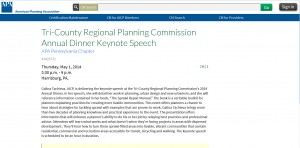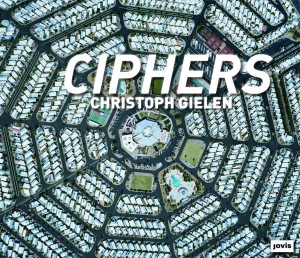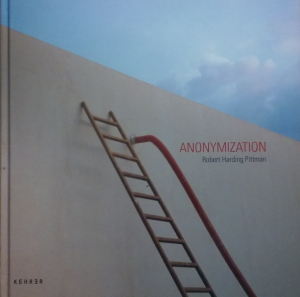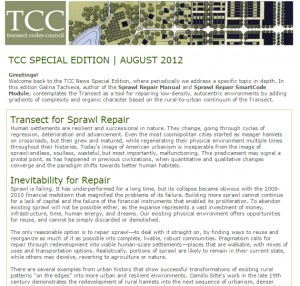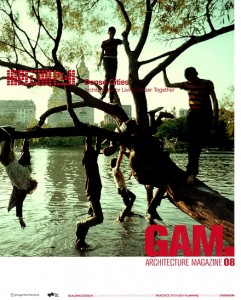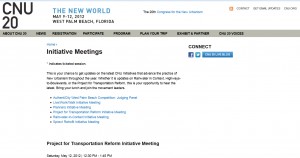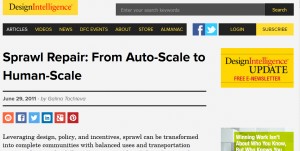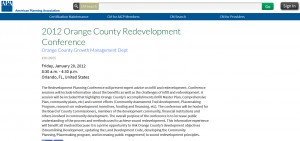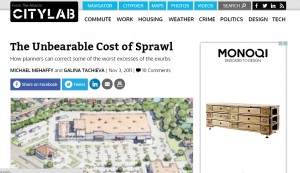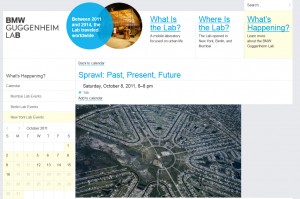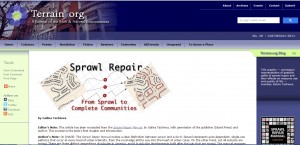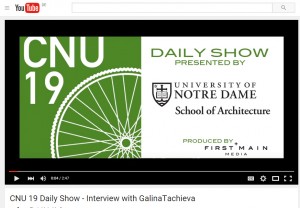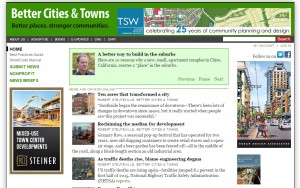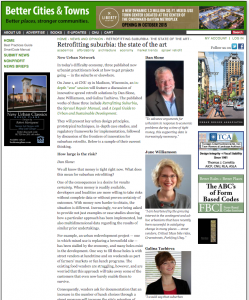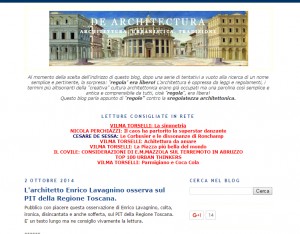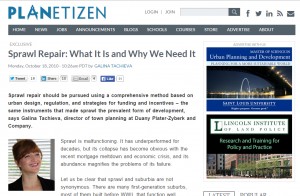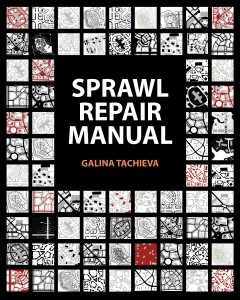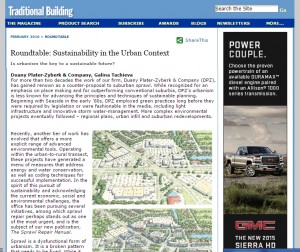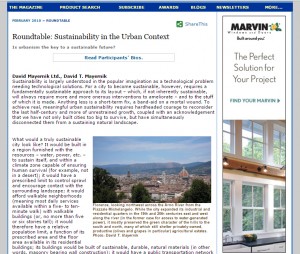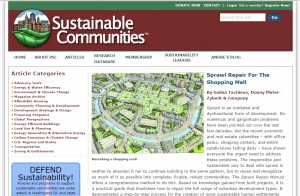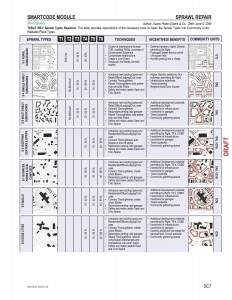Di ritorno dal workshop sulle periferie romane “Ritorno alla città”, organizzato dal Comune di Roma, una prima impressione, rimandando considerazioni più articolate a dopo la conclusione dell’incontro del 2 dicembre.
Oggi, sotto la guida del responsabile del Dipartimento del Dipartimento per la riqualificazione delle periferie di Roma, prof. arch. Francesco Coccia, sono intervenuti, Lèon Krier, Paolo Portoghesi, Marco Romano, Franco Purini, Galina Tachieva, Cristiano Rosponi e Nikos Salìngaros, chi presentando lo studio di una o più aree, chi, come Galina Tachieva, dello studo DPZ (Duany, Plater-Zyberk) illustrando il suo libro, Sprawl Repair Manual, una sorta di “libretto d’istruzioni” su come intervenire per riparare ai guasti dello sprawl negli USA, con una casistica ampia e varia di situazioni e soluzioni.
Le parole chiave, i tags, si direbbe nel gergo di Internet, dettate dagli organizzatori erano: densificazione, microchirurgia urbanistica, pedonalità, centralità alle periferie, e sono state espresse in maniera molto diversa da ciascuno degli intervenuti, sia come livello di approfondimento, sia come qualità delle presentazioni, sia come scelta della scala di intervento; da Lèon Krier che ha affrontato tutta la gamma possibile, da quella territoriale della rete infrastrutturale fino allo studio abbastanza dettagliato degli isolati e delle tipologie edilizie, a quello quasi esclusivamente architettonico di Portoghesi e Purini; ma in tutti, ad eccezione di Purini, almeno così a me è sembrato, c’è stata la consapevolezza che una pagina sembra essersi finalmente chiusa, quella del gesto architettonico totalmente estraneo al contesto e al tessuto esistente, della zonizzazione selvaggia, della segregazione della periferia, e un’altra se ne sta aprendo, quella in cui la città deve essere interpretata come un unico organismo e, in quanto tale, non possono esservi parti sane e parti malate.
I tags che escono invece dalle varie soluzioni sono: la strada, come protagonista assoluta del processo di risanamento, intesa come vera e propria arteria vitale che consenta il massimo di permeabilità, di relazioni e di comunicazione tra le varie parti; e poi l’isolato, studiato in modi diversi e con diversi rapporti tra pubblico e privato; le piazze come luoghi speciali e nodali risultanti dalle connessioni stradali e non come spazi astratti collocati casualmente secondo la volontà del progettista piuttosto che seguendo la “vena” della rete stradale.
Esprimendo un giudizio sintetico e necessariamente affrettato, oggi ho colto molto realismo e un atteggiamento di grande attenzione alla lettura di tutte le aree già fortemente urbanizzate oggetto di studio.
Una volta tanto l’abusato termine riqualificazione ha trovato un riscontro nei progetti e, guarda caso, proprio l’unica volta che non compare mai nei manifesti dell’incontro.
Una volta tanto non c’è stata la rappresentazione logora del pensiero unico, ma posizioni diverse si sono potute confrontare.
E oggi sarà la volta di Peter Calthorpe, Lucien Kroll, Francesco Cellini e altri.
A margine una nota sul luogo dell’incontro, l’Ara Pacis. Mi domando chi abbia avuto la geniale idea di realizzare quella barriera bianca che separa completamente chiese e Mausoleo di Augusto dal fiume per quattro stanzette in più.
Possibile che a Roma non ci fosse un altro posto dove fare una sala conferenze e uno spazio mostra?
